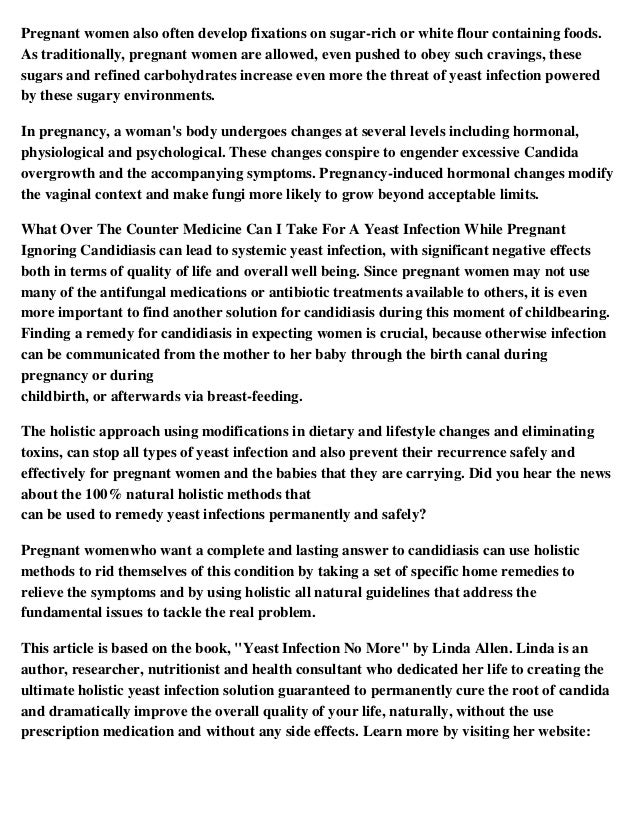

If you’re prone to yeast infections, you might be able to recognize the telltale signs and try to treat the infection at home using OTC meds. A severe yeast infection might be more painful (ouch!) and cause redness and swelling of the vagina. Some infections may even require prescription meds to clear up. The symptoms of a yeast infection can seem similar to those of other vaginal health conditions such as bacterial vaginosis (BV), which can lead to complications if left untreated. If you don’t want to insert an applicator into your vagina, opt for a cream-based treatment. Some people may not feel comfortable inserting an applicator. Choose an OTC product that contains antifungal ingredients like miconazole.

Some creams and ointments contain all-natural ingredients, but they probably won’t do much to fully clear up a yeast infection. For example, an ultra-potent 1-day treatment might be more convenient than a 3- or 7-day product, but it’s also more likely to cause side effects like burning.Īnd remember Jones’ advice: If you’ve had symptoms for longer than a week, it’s a good idea to avoid 1-day treatments - they probably won’t work, and you might have a whole lotta burning for nothing. Treatments that involve inserting an applicator into your vagina to apply medicated cream or ointment vary in strength.

If you can’t see a doc (or just don’t want to), you’ll have to stick to OTC options. Prescription fluconazole is also a good option if you’ve had bad side effects from using creams/inserts in the past. If you can see a doc, you can get prescription treatment (fluconazole) that could potentially be covered by your insurance. Think about whether you’re able to see a doc in person or via telehealth. Here’s what you’ll need to consider before making your plan of action. Choosing the right yeast infection treatment for you


 0 kommentar(er)
0 kommentar(er)
